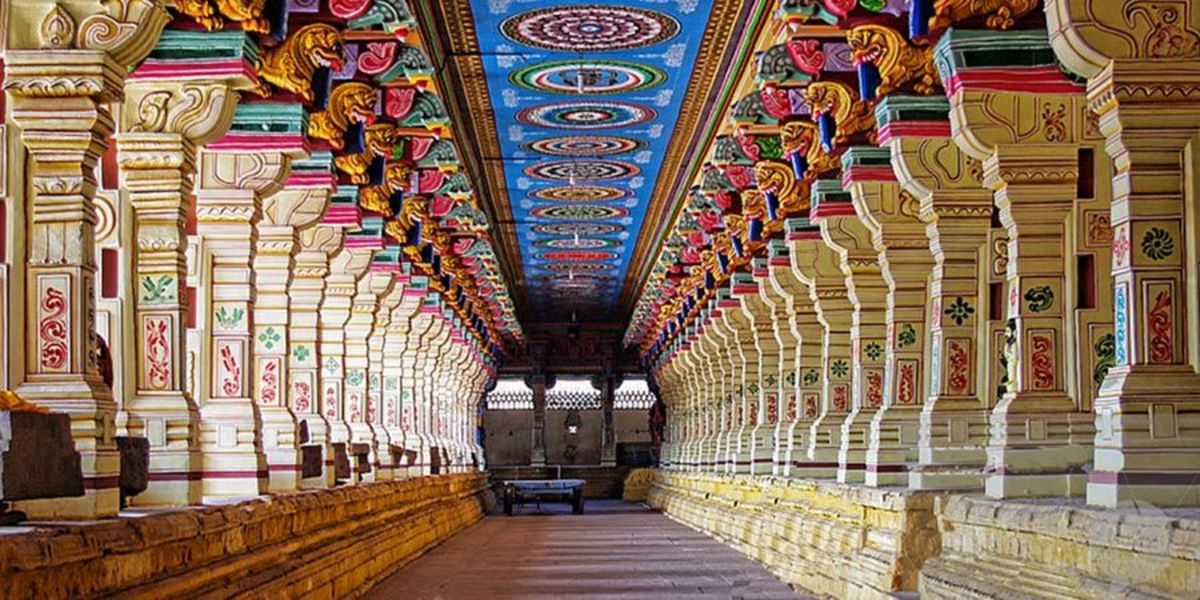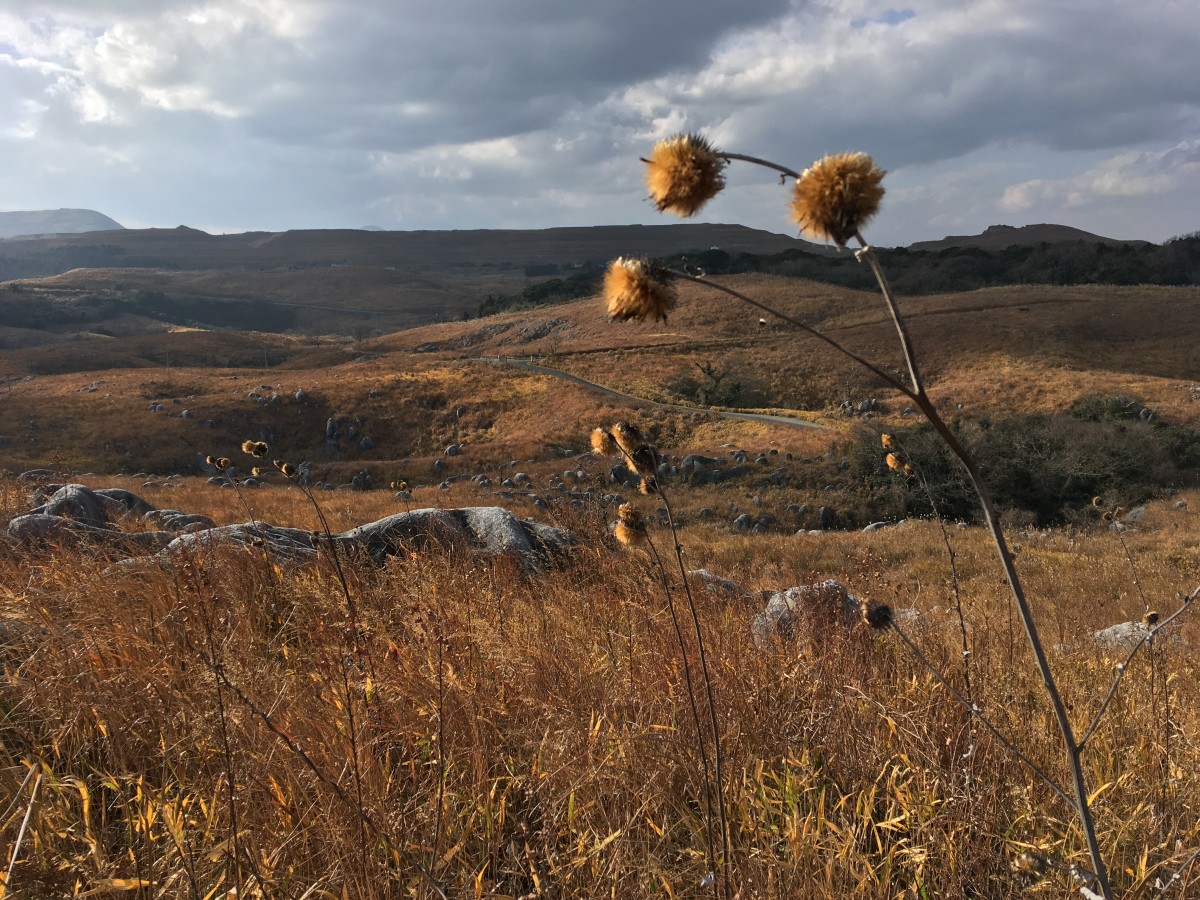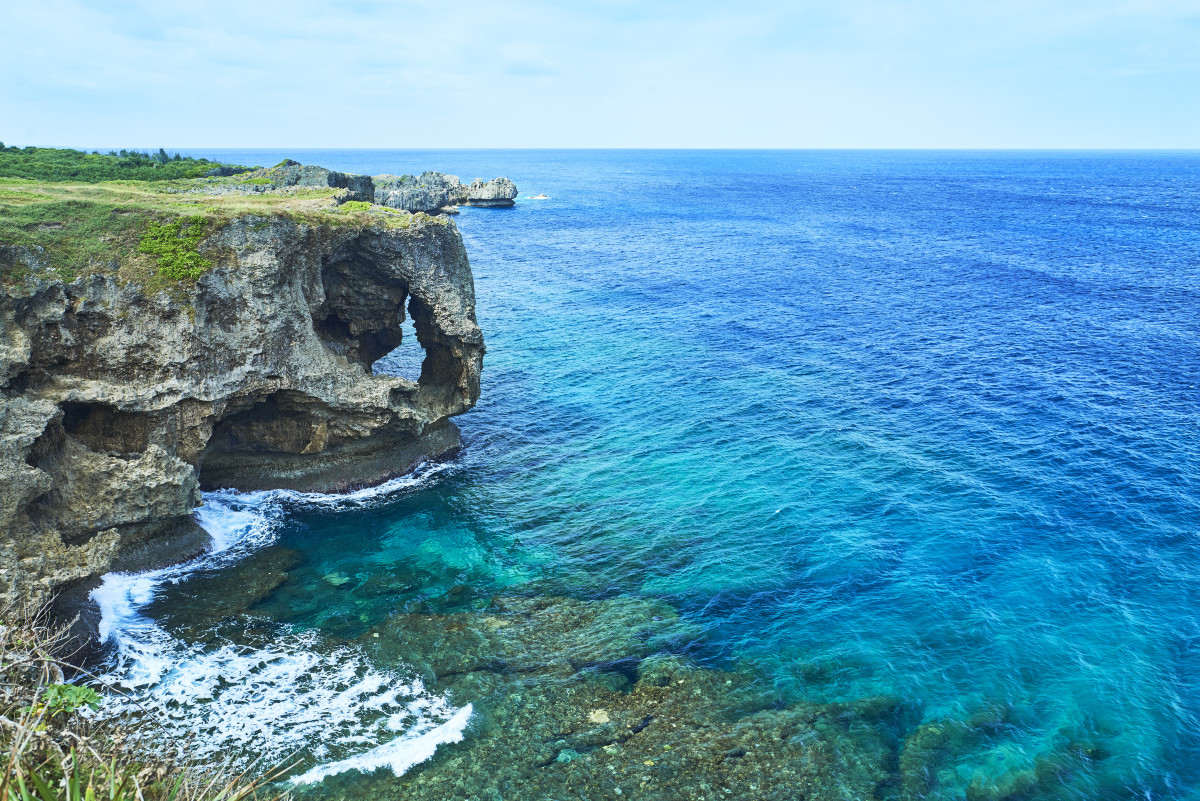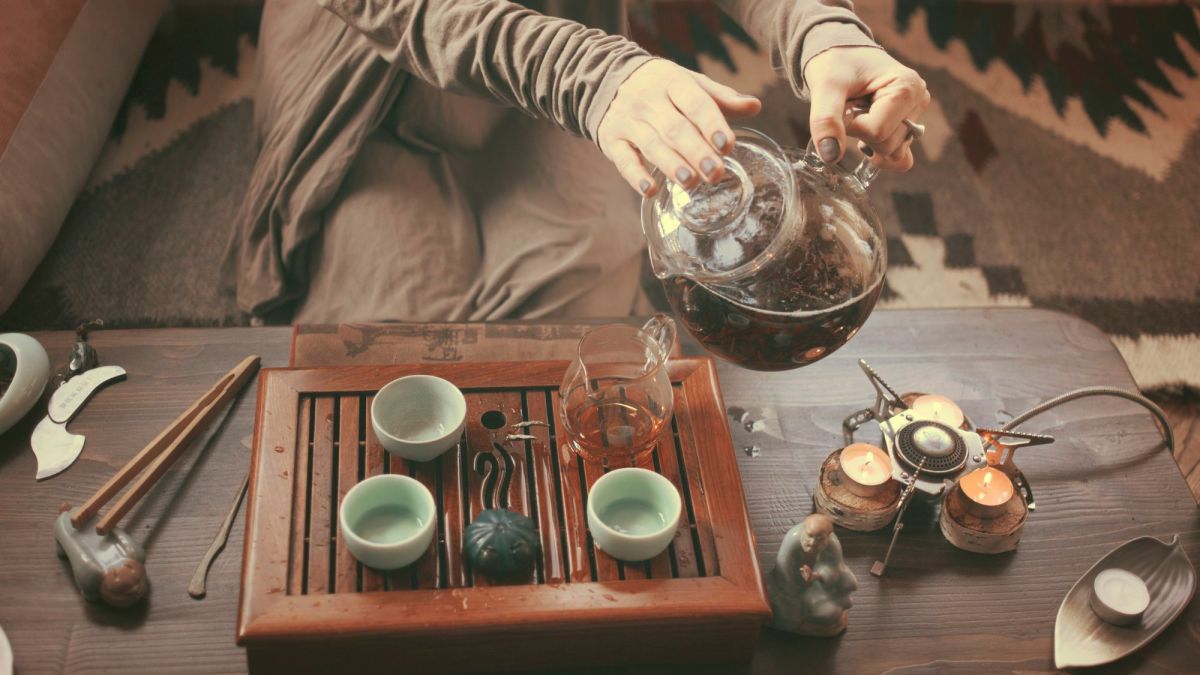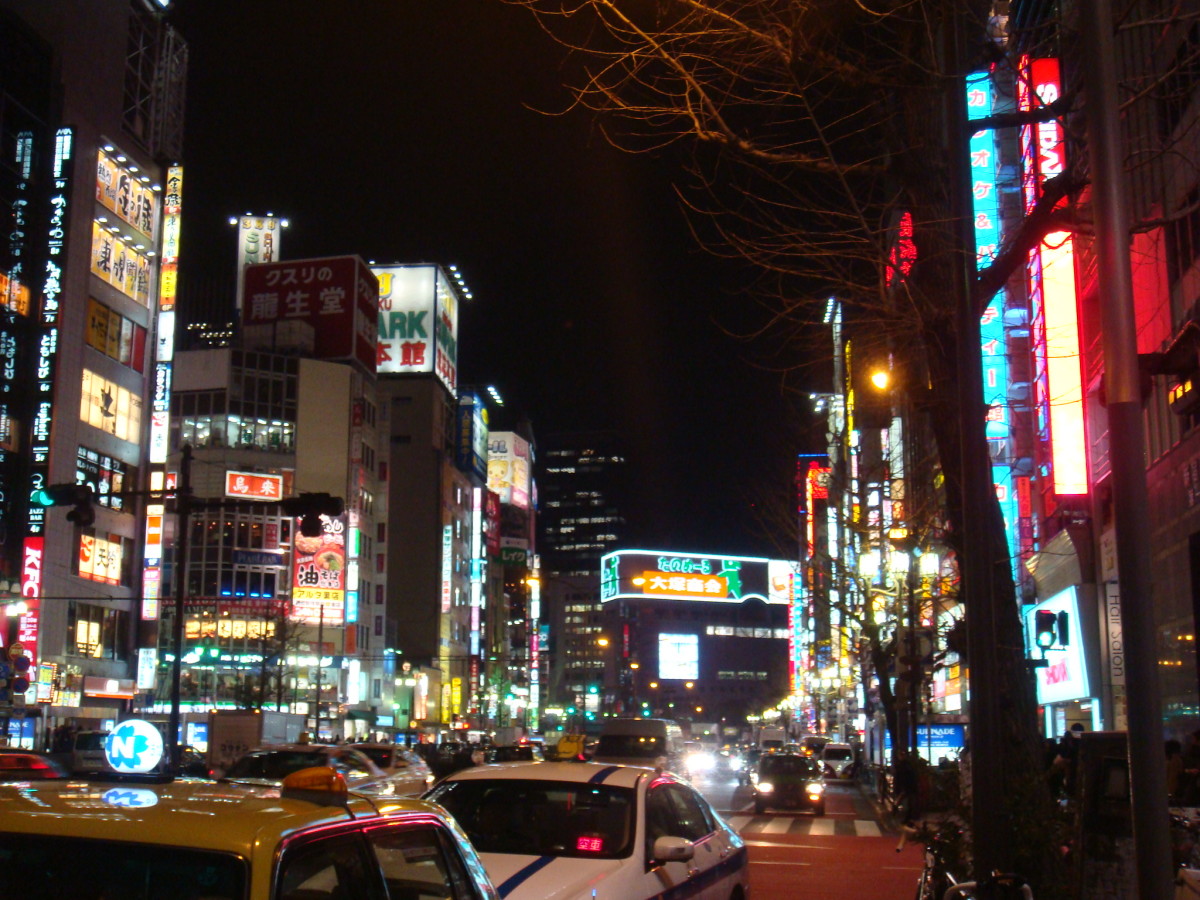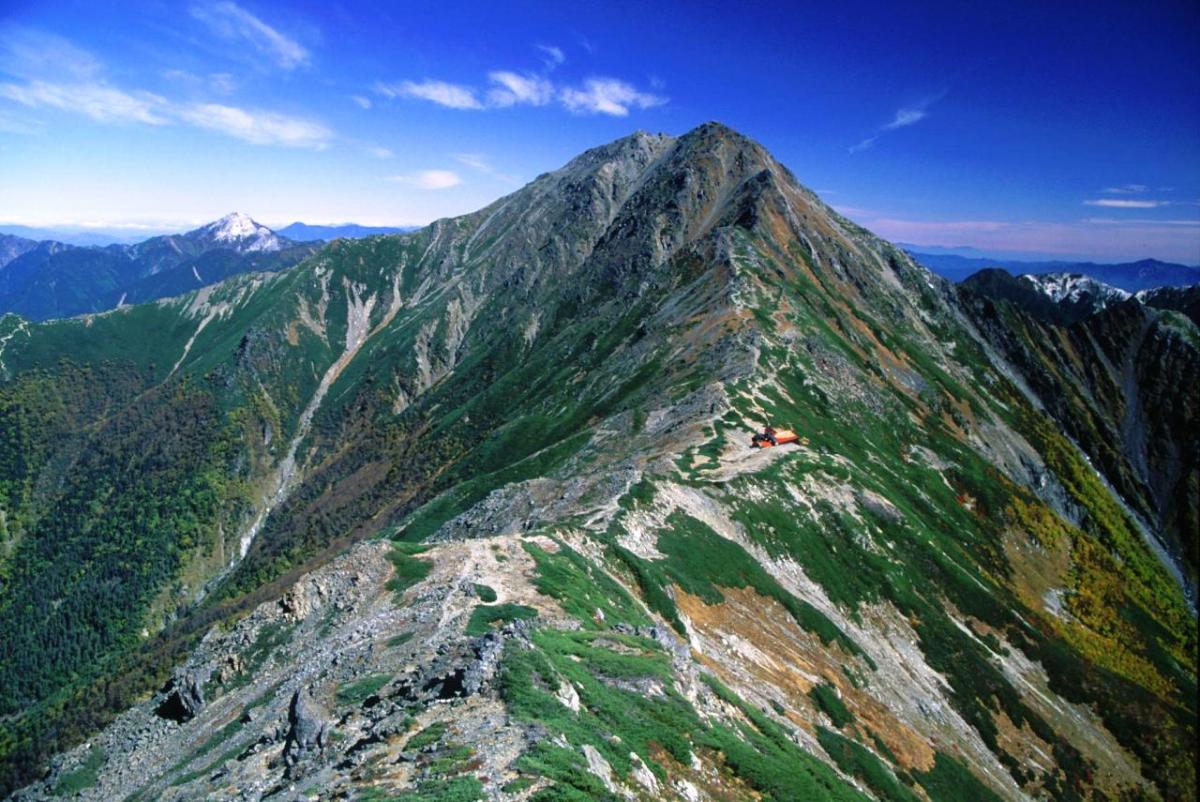- HubPages»
- Travel and Places»
- Visiting Asia»
- Eastern Asia
Top 20 Places to Visit and Things to Do in Japan
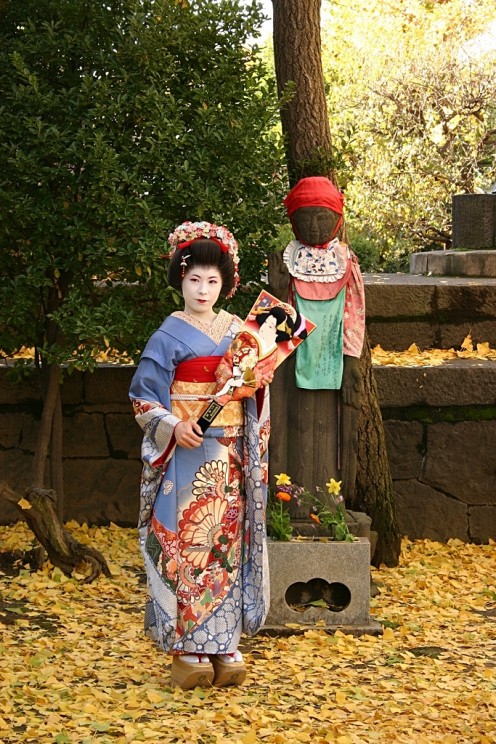
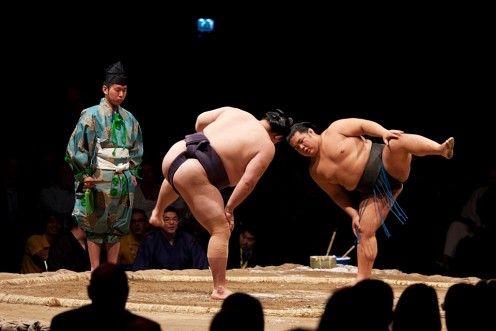
Steeped in tradition yet awashed in modern-day tools, Japan is a country that blows the imagination of its travelers in so many ways.
It is a clash of sorts.
Large, wooden, age-old shrines and temples against the glass-encased skyscrapers; the crowd and the rush against the people’s stuffy courteousness not to bump one another; the beauty of traditional kimono against fashion-forward clothing that heralds global fashion trends to be found elsewhere in the world over a year after.
In this country of hardworking and polite Japanese, there are so many places to visit and things to do.
The streets are clean, the air fresh and crisp, the trains come and leave on time, and the service is by far very good.
Still, below are just the top 20 activities that tourists should not miss doing and places they should not forget visiting when travelling in the Land of the Rising Sun – Japan.
1. Climb Mt. Fuji, Japan’s Symbolic Mountain
Nothing symbolizes the beauty of Japan as much as the well-photographed Mt. Fuji, the iconic 3,700-meter stunning volcano that has a perfect symmetrical shape, snow-capped peak and a base filled with five lakes of clear waters.
Climbing Mt. Fuji is an activity thrill-seeker and nature lovers ought not to pass when visiting Japan.
It is one of Japan’s holiest mountains and one of the most popular sites for nature adventures.
2. Eat Sushi and Many Kinds of It
The most popular Japanese food outside of Japan and one of the staples in Japanese cuisine itself is sushi, a colorful, interesting, and bite-sized presentation of raw fish or seafood layered with rice that has been mixed with vinegar and then bundled in seaweed wrapper.
Visitors in Japan have plenty of options when choosing which sushi to dip into their soy sauce with fiery wasabi.
This is because sushi is well-liked in Japan that is has scores of variety.
The most popular kinds of sushi include:
- amaebi or sweet shrimp sushi
- basashi or horse meat sushi
- fugu or pufferfish / blowfish sushi
- hamachi or yellowtail sushi
- hotate or scallop sushi
- kani or crab sushi
- maguro or bluefin tuna sushi
- sake or salmon sushi
- unagi or eel sushi
- uni or sea urchin
3. Slurp Ramen, the “Men” Japanese Men and Women Love
There has been an obsession gripping the Japanese, foodies and non-foodies alike.
To know about this obsession, travelers to Japan just need to visit any local ramen shops, where the much-loved ramen is sold to long queues and waiting people who do not mind the heat in the shop and the sweat of people next to them.
Ramen is a filling noodle dish with soup, meat or fishes, and some vegetables.
But because it is loved from the north to the south of Japan, ramen has countless varieties the country over.
4. Sample Natto and Know Why Many Have a Love-Hate Relationship With It
Some call it nasty, many call it healthy.
To know how you would find it, of course, you would have to first taste it.
When travelling in Japan, grab yourself a pack of natto, fermented soybeans that give out a strong smell and signature taste that Japanese people have liked for the last 1,000 years.
Mix it with egg, soy sauce and even mustard if you like.
It is quite nourishing actually.
- It boosts the immune system.
- It can slow down the signs of aging.
- It has calcium for the bones and teeth.
- It is a natural antibiotic.
- It is high in protein.
- It lowers bad cholesterol levels.
5. Attend Age-Old Tea Ceremonies
Talk about tea, traditions, and timeless grace of the Japanese when preparing their nourishing drink of powdered green tea or matcha then we have the Japanese tea ceremonies, events that foreigners really should try to see when in Japan.
Tea ceremonies are not just the run-of-the-mill pouring of drinks into glasses.
They are actually elaborate presentations that may last up to several hours and which only well-trained hosts can hold.
6. Wear a Kimono
Colorful and instantly recognizable, kimono is a national Japanese garment that is prized highly for its beauty and reserved only for the most special events.
Yet there is no need to wait for special events just to try on kimono.
This is because dressing up in kimono is one of the most popular activities for foreigners visiting the country.
Kimono is a very interesting garment.
- It has several kinds suited for seasons, occasions, and genders.
- It is delicate, often requiring the help of a professional to put it on.
- It is also made with varied fabrics and dainty finishes.
By the way, it is quite pricey too.
Each can set you back Y1,000,000 more or less, so just rent one unless you really need to keep a kimono for yourself.
7. Drink Shochu and Sake, Preferred Alcoholic Drinks
Many Japanese people love drinking.
They drink with colleagues on Friday nights, with customers after meetings, and even alone in bars and restaurants.
When drinking, many Japanese knock back the local shochu and sake.
Shochu is almost like vodka and whisky while sake is similar to wine.
Just the same, they taste rather different from vodka, whisky, and wine.
To sample their tastes, just sip a cup or two of shochu and sake when in Japan.
8. Watch Anime and Read Manga
Anime is Japanese-style animation while manga is Japanese-style comics.
They are both massively popular inside and outside of Japan for their bright-eyed characters, unique plots, and fast-paced storytelling.
In Japan, manga and anime copies are sold all over the country.
So make a stop at manga and anime shops and make sure to buy bagfuls of original reproductions of Japanese entertainment.
9. Watch Koyo, an Explosion of Autumnal Colors
Autumn is a lovely season to be visiting Japan, where leaves explode to the colors of red, gold, orange, hazel, and chocolate brown in some months of the year.
The turning of leaves from green to these colors is what the Japanese people fondly call koyo or colorful leaves.
To witness the koyo, just be in Japan from the months of September to October.
10. Ski in Niseko, an Amazing Hokkaido Resort Town with Powdery Snow
There are many ski resorts all over the world but only a few can match the beauty of Niseko, a ski resort town in Hokkaido, Japan’s northernmost island.
In Niseko, snow is not just fine, it is powdery.
Because of its powdery snow, Niseko has grabbed the attention of ski enthusiasts – both amateur and professional – from as far as Australia.
Niseko has sizeable areas for backcountry skiing and long, wide runs.
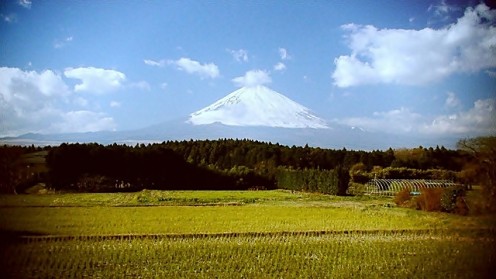
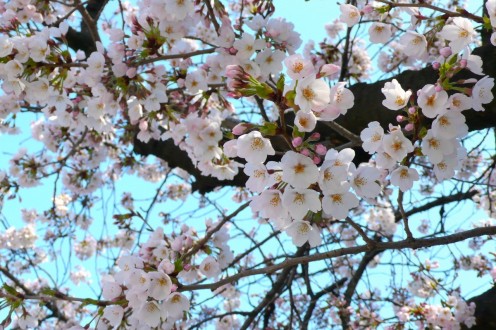
11. Dip in Onsen or Natural Hot Springs
Dipping in onsen or hot springs is a favorite pastime of millions of people in Japan because it is calming and thought to be therapeutic.
There are several kinds of onsen in the country. Each is thought to address certain health problems.
Some of the ones you can try when touring Japan include:
- hydrogen carbonate onsen
- iron onsen
- sodium chloride onsen
- sulphur onsen
12. Be Reminded of the Destruction of Atomic Bombs in Hiroshima
Call it grim but any traveler to Japan should pay a visit to the Atomic Bomb Dome or the Hiroshima Peace Memorial, a UNESCO World Heritage Site that serves as a monument for the thousands of Japanese who were killed or who suffered when an atomic bomb detonated in the city of Hiroshima during World War II.
The dome is part of the ruins that managed to survive the destruction.
Near the dome, there is a park and a museum that contains memorabilia of the fateful day of the bombing – August 6, 1945.
13. Have a Hanami Party Under Cherry Blossom Trees
Spring is the time for the blooming of cherry blossoms, Japan’s most-loved flowers that come out only once a year in this season.
Cherry blossoms or sakura in Japanese are exquisite flowers of pink and white colors.
They do not wither. Rather, they fall off their branches while they are still beautiful.
To celebrate cherry blossoms and to bask in this flower’s beauty, Japanese people hold parties called hanami.
When visiting Japan during spring, lay down a mat and have barbecue and beer under cherry blossom trees, just the way Japanese people do.
14. Meet a Geisha and Be Mesmerized with Her Grace
A quintessential symbol of Japan is the white-faced, kimono-clad, red-lipped geisha, a demure and traditional female entertainer whose gracefulness in hosting events and keeping guests engaged has caught people’s curiosity for centuries.
To meet a geisha when travelling in Japan, you can go to the ancient capital of Kyoto, where there are several prominent tea houses where geisha entertain high-end clients.
There are also some geisha in Tokyo and Kanazawa.
15. Watch Sumo Wrestling, a Sports Fit for the Royalty
Huge, plump, and with hair tied in a bun, rikishi or sumo wrestlers are so much loved in Japan.
They are professional players of sumo, a national sport that has been practiced since the ancient times.
Sumo wrestling has religious and royal importance.
It is highly regimented and quite ceremonial.
When travelling in Japan, sit near a dohyo or ring and watch rikishi battle it out in a bout.
16. Visit Japan’s Finest Historical Shrines and Temples
Shinto shrines and Buddhist temples are not just places of worship in Japan.
They are actually impressive structures of art that represent parts of the long Japanese history.
Very much aesthetically impressive and culturally important are these shrines and temples that many of them have been designated UNESCO World Heritage Sites.
When travelling in Japan, do not miss to pay a visit to these shrines and temples.
They are open to everyone, not just to Shintoists and Buddhists.
Some of the finest Japanese shrines and temples include:
- Hase Kannon Temple
- Ise Grand Shrines
- Itsukushima Shrine
- Kinkakuji Temple
- Kiyomizu Temple
- Kotohiragu Shrine
- Meiji Jingu Shrine
- Myoryuji Temple
- Todaiji Temple
- Toshogu Shrine
17. Go Back in Time in Ancient Towns and Districts
Japan has an interesting history that, with the efforts of Japanese people, has been partly kept in its ancient towns and districts, places where emperors, samurais, geishas, and rich merchants of old had lived and inscribed their annals in history.
These towns and districts also served as places where pilgrims and important people stopped over during their long journey to other equally historic sites.
Some of the surviving ancient Japanese towns and districts that tourists in Japan ought to visit include:
- Gion District in Kyoto
- Chaya Districts in Kanazawa
- Sanmachi Suji in Takayama
- Kurazukuri Street in Kawagoe
- Nagamachi in Kanazawa
- Kakunodate
- Tsumago in Kiso Valley
- Ouchijuku that is near Aizu
- Taketomi Island in Okinawa
- Oharaimachi in Ise
18. Enter Imposing Japanese Castles
Wars and battles marred peace in ancient Japan where powerful people from warring states built huge castles to store ammunitions for possible assaults.
When peace eventually came about in the country, even more castles were built.
This time, the structures served as military headquarters or government offices.
Some of these castles still stand today, surviving many combats and natural disasters.
The must-see Japanese castles include:
- Bitchu-Matsuyama Castle
- Hikone Castle
- Himeji Castle
- Hirosaki Castle
- Inuyama Castle
- Kochi Castle
- Matsue Castle
- Matsumoto Castle
- Nijo Castle
- Shuri Castle
19. Meet the Japanese and Know Why They are a Unique Bunch
Japanese people are generally hardworking, loyal to their companies, and often go the extra mile to put in quality work in their jobs.
Many of them are shy and a bit coy. With a short icebreaker, however, they tend to warm up.
If there is one reason for the economic success of Japan, a relatively undersized country with small population, then it would have to be the modest yet excellence-oriented Japanese people’s character.
Japanese people like noodles, fish and alcoholic drinks, and eating out is almost a national habit in the country.
They are also extremely courteous and very sensitive to other people’s needs.
Indeed, meeting Japanese people can be a very pleasing experience.
20. Experience Japanese Festivals – Matsuri
Dance and music often accompany the most famous of Japanese holidays, occasions for Japanese people to wear their national costumes, eat traditional foods, and deck their homes, streets, and even rivers with colorful and symbolic decorations.
Called matsuri, these festivals are a perfect way for foreign tourists to experience buoyant Japanese customs.
They are usually Shintoist or Buddhist in origin.
However, everyone can join the festivities, be they Christians, Muslims or even atheists.
Some of the matsuri that travelers in Japan should try to celebrate include:
- Hina Matsuri
- Jidai Matsuri
- Miyajima Kangensai Music Festival
- Nada no Kenka
- Obon
- Sapporo Snow Festival
- Setsubun
- Shogatsu
- Takayama Matsuri
- Tanabata
Copyright © 2012 Kerlyn Bautista
All Rights Reserved
More Hubs about Travelling in Japan
- Japan Accommodations: 5 Best Places to Stay in Japan
- 10 Most Colorful Japanese Holidays
- 10 Finest Shrines and Temples in Japan
- 10 Imposing, Historic, Must-Visit Castles in Japan
- 10 Unforgettable UNESCO World Heritage Sites in Japan
- 10 Historic, Must-Visit Towns and Districts in Japan
- 10 Best Places to Visit When Travelling in Kyoto, Japan
- 10 Best Places to Visit When Travelling in Hokkaido, Japan
- 10 Best Places to Visit When Travelling in Okinawa, Japan
- 10 Best Places to Visit When Travelling in Nara, Japan

